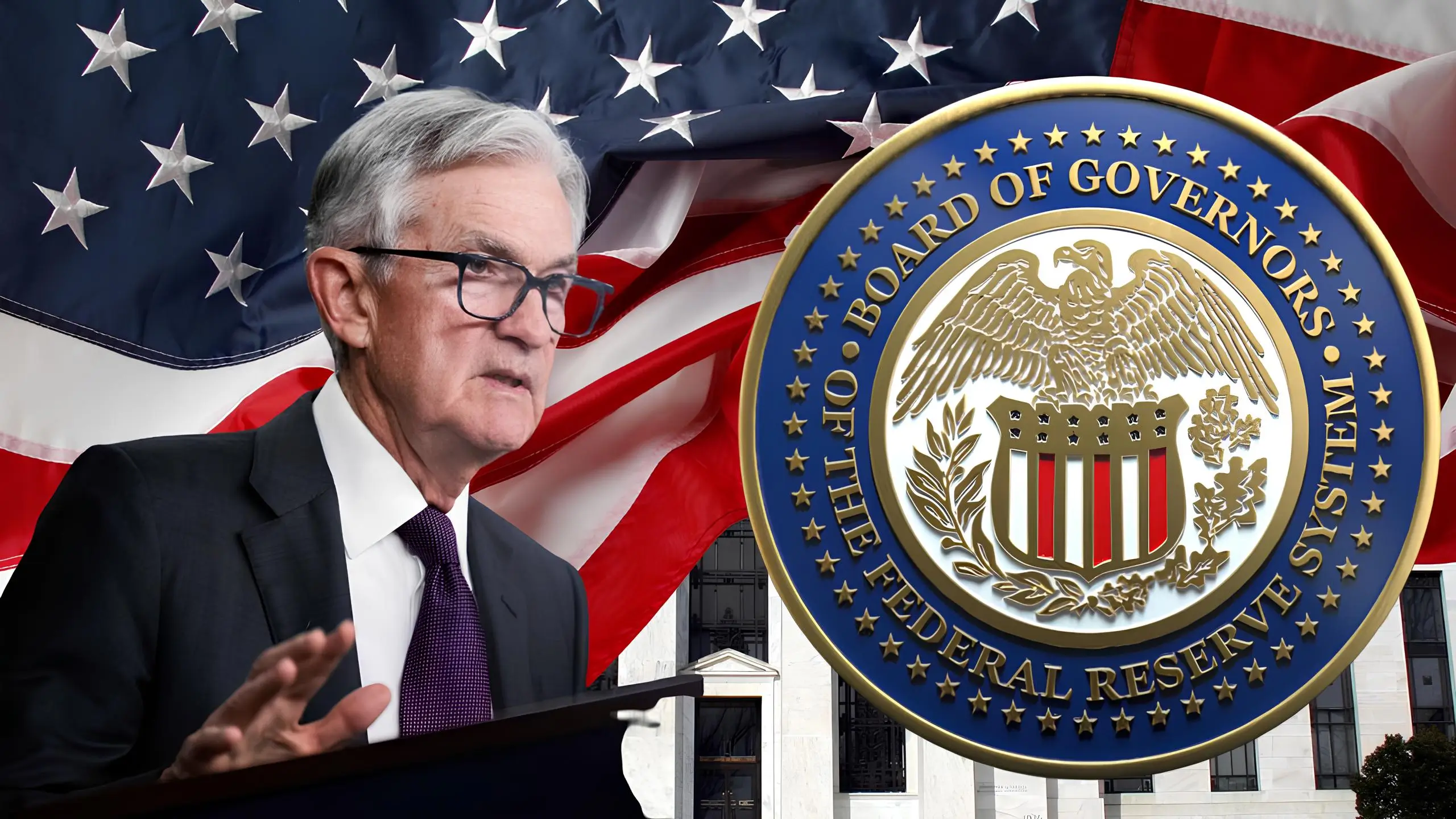Share
Will the Fed Cut Rates in December Without New Data?
03 tháng 11 2025
The U.S. Federal Reserve may still proceed with another rate cut in December 2025, even in the absence of fresh jobs or inflation data due to the prolonged government shutdown. Could this decision create more uncertainty for global markets?

1. Context: The Fed Is “Flying Blind” Amid Data Delays
The prolonged U.S. government shutdown has disrupted the release of key economic indicators — particularly those related to employment and inflation.
According to Bank of America (BofA), in the absence of updated data, the Federal Reserve (Fed) could still move forward with another rate cut in December, a decision some analysts call “flying blind.”
Economists Aditya Bhave and Matthew Yep of BofA stated in a client note that if no new figures are available, the Fed will likely stick to its September dot plot, which signaled a dovish bias toward further easing.
They added that Chair Jerome Powell and several policymakers view the softening labor market as a sufficient reason to justify up to 75 basis points of rate cuts this year.
2. Possible Scenarios for the December Meeting
Scenario 1: No New Data – The Fed Stays the Course
If the government remains shut down and key data are unavailable, the Fed will likely continue its easing path.
Dovish members may argue that a prolonged shutdown increases downside risks to growth, warranting preemptive action.
However, hawks could push back. BofA notes that seven members of the Federal Open Market Committee (FOMC) had projected only one cut for 2025 — including Barr, Goolsbee, Musalem, and Schmid.
“As a result, at least one dissenting vote from the hawkish camp is expected in December,” BofA wrote.
Scenario 2: Partial Data – Powell Maintains a Dovish Stance
If the government reopens in late November, delayed labor data could still be released before the meeting. Yet a single strong report won’t be enough to sway Powell from easing again, especially if the unemployment rate holds near 4.3% and inflation continues to cool.
Scenario 3: Full Data Restored – The Decision Hinges on Unemployment
If reports for September, October, and November become available, the Fed’s move will depend on the stability of the labor market.
According to BofA, if the jobless rate rises toward 4.5%, the Fed will almost certainly act to prevent a downturn. But if unemployment remains around 4.3% or lower, a pause is likely.
3. Cooling Inflation Reduces Policy Pressure
Recent inflation data show that the Consumer Price Index (CPI) rose 0.3% in September, slightly below forecasts of 0.4%.
Annual inflation stood at 3%, lower than expectations of 3.1%. Excluding food and energy, core CPI increased 0.2% month-over-month and 3% year-over-year, a sign that pricing pressures are gradually easing.
These figures strengthen the case for another rate cut. In fact, this CPI report — the only major economic data released during the shutdown — may be enough to justify further easing at the December meeting.
4. How Markets Are Reacting
Global investors are divided.
Some believe continued rate cuts will sustain the U.S. stock market rally, lower financing costs, and support corporate earnings.
Others warn that easing too early without reliable data could backfire if inflation rebounds in early 2026.
On the currency front, the U.S. dollar has weakened slightly, while Treasury yields have edged lower — reflecting expectations for lower interest rates.
Investors have also rotated toward gold and technology stocks, sectors that typically outperform in a low-rate environment.
5. Expert Take: The Fed Walks a Tightrope
BofA economists note: “If unemployment lands at 4.4%, the December decision will be a close call, depending heavily on inflation trends.”
This underscores the Fed’s delicate balancing act between supporting growth and containing inflation.
More broadly, the central bank is striving for a soft landing — cooling inflation without triggering a recession.
However, the absence of timely data means each policy decision now carries more uncertainty. A misstep could damage market confidence, something Powell will aim to avoid in the lead-up to the 2026 election year.
6. Outlook for 2026: Lower Rates, Higher Risks
If the Fed continues cutting rates, short-term economic momentum may strengthen.
But over the longer term, risks of a resurgence in inflation or ballooning public debt remain.
Analysts advise investors to maintain a balanced portfolio, favoring defensive assets like gold, mega-cap tech stocks, and short-term bonds.
Conclusion:
The Federal Reserve faces one of its toughest tests — making a policy call in the dark.
While another rate cut could stabilize growth in the short term, it also raises long-term risks.
Investors should stay flexible, monitor Fed communications closely, and prepare for heightened volatility in 2026.
FAQs
1. Why might the Fed cut rates without new economic data?
→ Because earlier indicators point to slowing growth and easing inflation. The Fed wants to act proactively to avoid a deeper slowdown.
2. If the U.S. government reopens, could the Fed reverse course?
→ Possibly, but only if new data show a much stronger labor market or rising inflation.
3. How would another rate cut affect investors?
→ Lower rates generally boost stocks and real estate but weaken the U.S. dollar and Treasury yields.
4. Could the Fed continue cutting rates in 2026?
→ That depends on inflation and unemployment trends. If inflation stays below 3%, further cuts (one or two more) are possible.
All information on our website is for general reference only, investors need to consider and take responsibility for all their investment actions. Info Finance is not responsible for any actions of investors.







